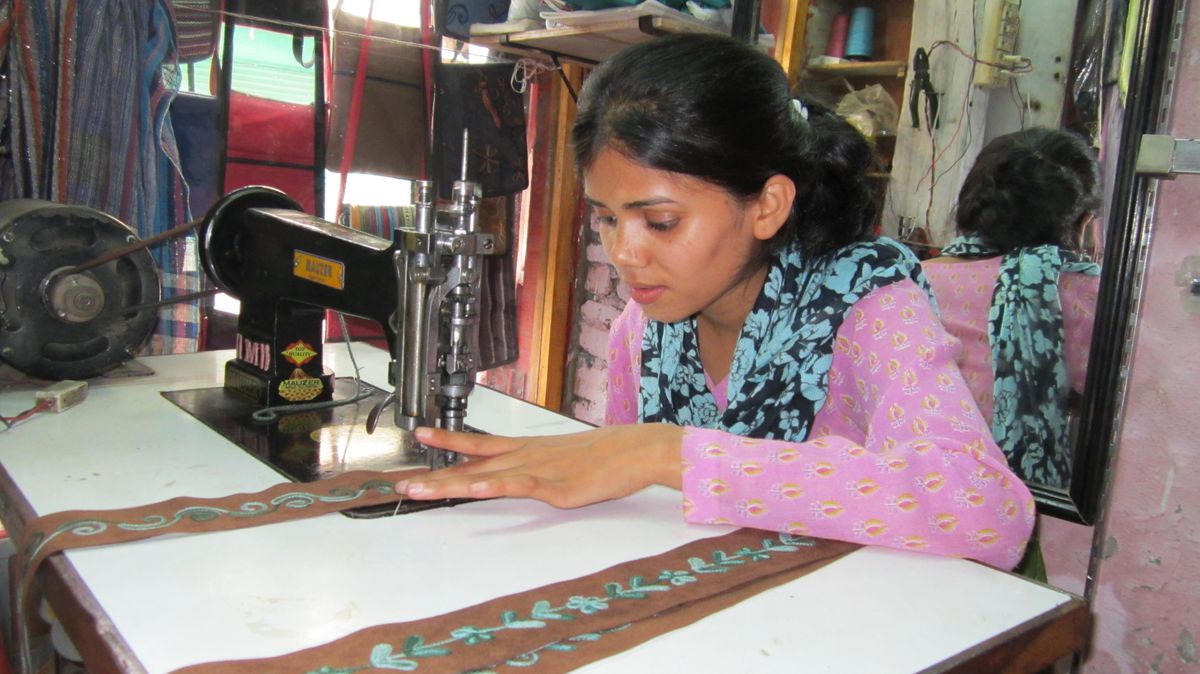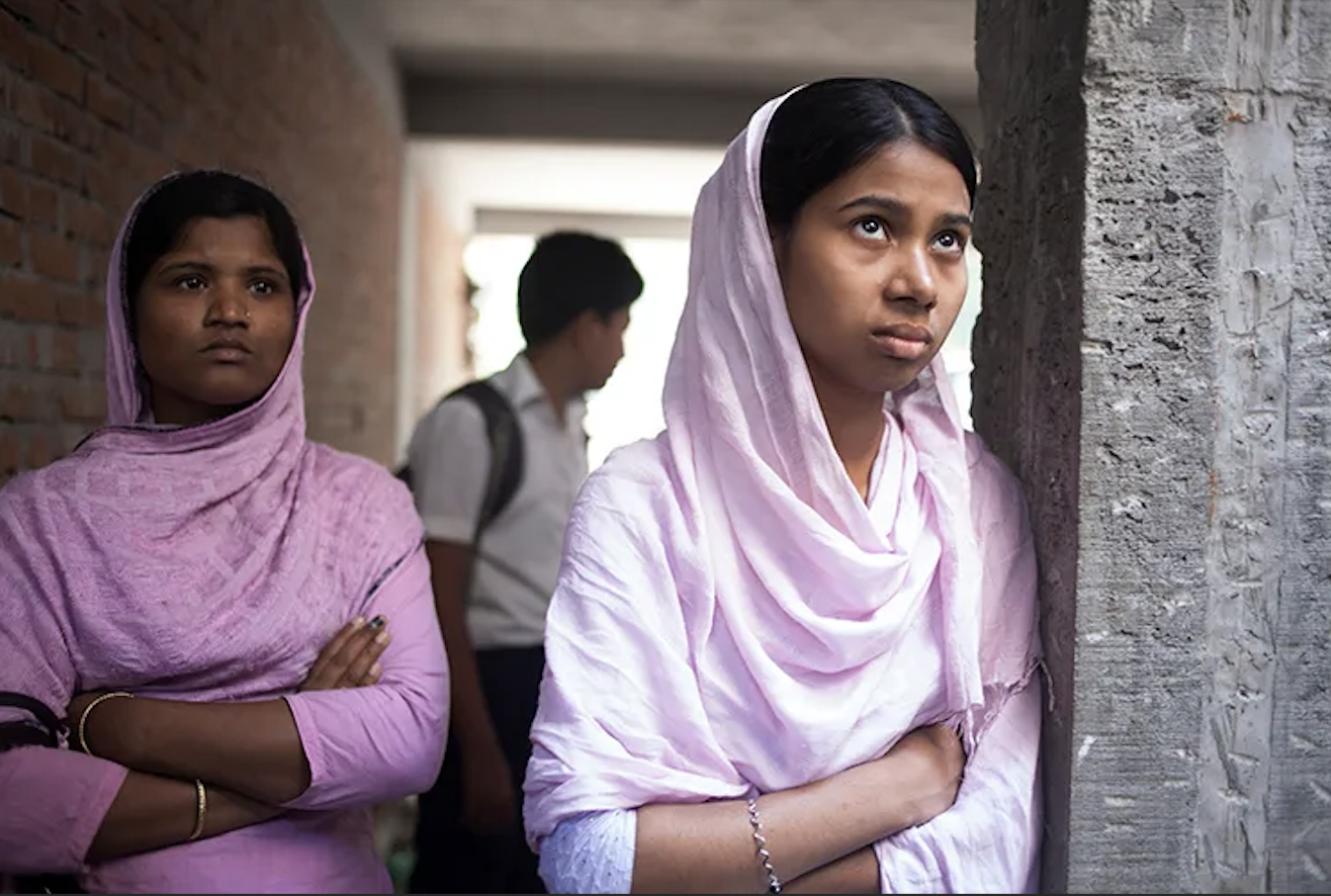Worker Stories
Sakamma

Sakamma, a 42-year-old mother-of-two working for Gap supplier Texport in Bengaluru, told the tribunal she earned just 22p an hour and that when she finished at the factory she had to work as a domestic help to top up her wages. "It hurts us to be paid so little. I have to do this and they sell one piece of clothing for more than I get paid in a month," she said. "We cannot eat nutritious food. We don't have a good life, we live in pain for the rest of our life and die in pain. "Low wages is the main reason. How much burden can a woman take? Husband, children, house and factory work – can we manage all these with such a meagre salary? So we are caught up in the debt trap. Is there no solution for our problem?"
Nasreen

Nasreen was nine years old when she fled her hometown. “People there often become forced labor victims and the women are just domestic slaves,” she said. She soon fell into the hands of the textile industry and became a 10-year-old child laborer. Sheikh slept, ate and worked in the same room, which she describes as a prison cell, in a clandestine factory. She worked 12-15 hours a day with no labor rights. “My fingers were bleeding, but they forced me to work grueling hours for less than two dollars a day,” she said. The rules were simple – no pay unless they finished the entire job. They played loud music to keep workers from falling asleep, and splashed cold water on their faces to wake them up.
Rupaly

Rupaly worked as a machinist in the New Wave Style factory on the sixth floor of the Rana Plaza building. The day before the collapse of the building, cracks had appeared on the walls, and the workers who arrived on the morning of 24 Apri 2013 refused to go in. The supervisors insisted that the situation wasn’t at all serious. “They said that should problems occur, we’d face them together”, Rupaly recalls. The manager of the factory also threatened to pay wages only for those who came to work as normal. Under pressure, she agreed to go in with the others. They had only worked for a short while, when Rupaly felt that the floor beneath her feet started to sink. She recalls having tried to run, but the walls surrounding her collapsed. She realised that there were living people nearby, yet she couldn’t see a thing. 15 hours later, she was saved from the ruins. After the accident, Rupaly couldn’t work for a year.